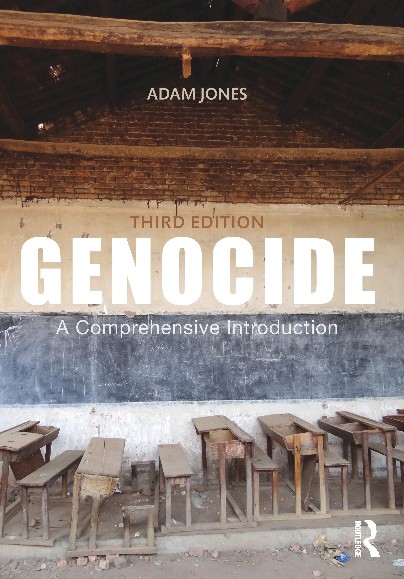 |
| "Otis G. Clark, who survived the 1921 Tulsa Race Riot, died May 21 at age 109." (Brandi Simons/Associated Press) |
By Matt Schudel
The Washington Post, May 26, 2012
"For years, few people dared to speak about what happened on the night of May 31, 1921, during one of the most deadly and devastating race riots in the nation's history. Otis G. Clark, who was 18 at the time, had grown up in Greenwood, a thriving African American section of Tulsa. During a night that history almost forgot, Mr. Clark dodged bullets, raced through alleys to escape armed mobs and saw his family’s home burned to the ground. He fled Tulsa on a freight train headed north. He would eventually move to Los Angeles, where he was the butler in the home of movie star Joan Crawford. He later turned to preaching and was known as the 'world's oldest evangelist.' But for nine decades, he remained a living witness to a night of horror, when Greenwood died. Mr. Clark died May 21 in Seattle at age 109, family members told the Tulsa World newspaper. The cause of death was not disclosed. 'Oh, child, we had what you might say a little city, like New York or Chicago,' Mr. Clark told author Tim Madigan, recalling the life of Greenwood for the 2001 book 'The Burning: Massacre, Destruction, and the Tulsa Race Riot of 1921.' 'We had two theaters, two pool halls, hotels, and cafes, and stuff. We had an amazing little city.' Greenwood had 15,000 residents, a 65-room hotel, several banks and two newspapers. It also faced, on its border, growing racial resentment from an emboldened presence of the Ku Klux Klan. On the final day of May 1921, white mobs were sparked into action by rumors that a young black man had improperly touched a white female elevator operator. Armed vigilantes were deputized by the local police, giving them the legal standing of a militia, as they gathered on the edge of Greenwood. Mr. Clark had to flee his house. ... Running for his life, Mr. Clark eventually reached some train tracks, where he hopped on a freight car. He didn't get off until he was in Milwaukee. When the smoke cleared over Greenwood, 35 square blocks had been burned to the ground. More than 1,200 houses were destroyed, along with dozens of office buildings, restaurants, churches and schools. 'It looked like a war had hit the area,' Mr. Clark recalled in 2000. 'Not a single house or building stood untouched. Greenwood was a huge wall of fire, the heat so strong I felt it down the block.' The death toll was first placed at about 35, but residents recalled seeing bodies stacked in the streets or loaded on wagons. In the 1990s, when historians reexamined what is now known as the Tulsa Race Riot, they estimated that about 300 people -- 90 percent of them African American -- were killed. [...]"














No comments:
Post a Comment
Please be constructive in your comments. - AJ